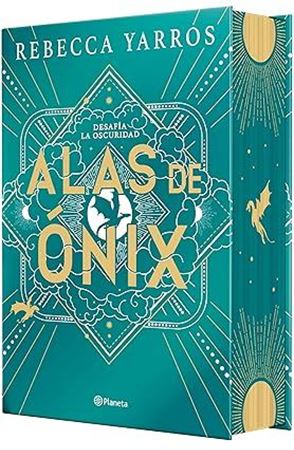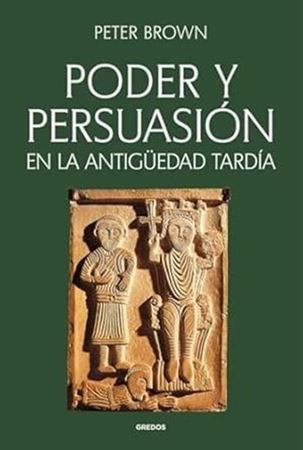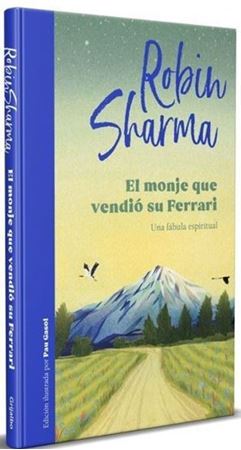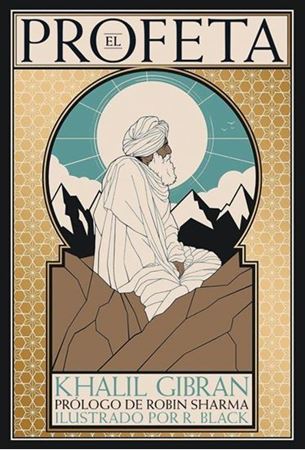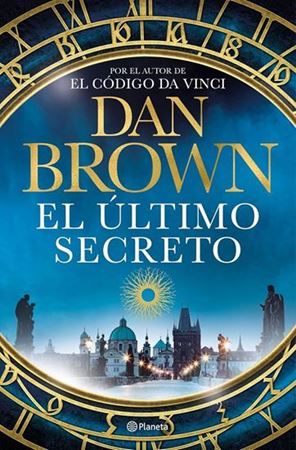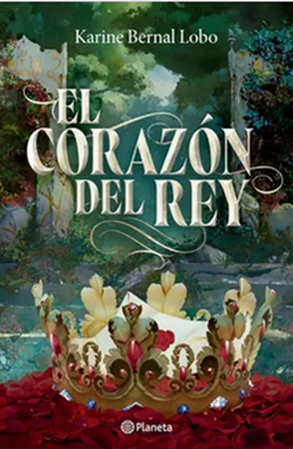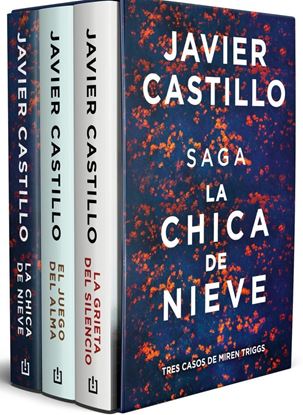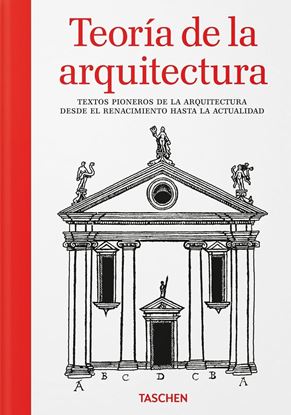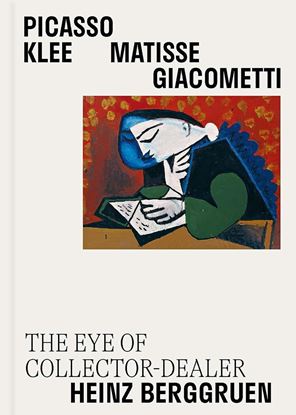

NOVEDADES
THE POPPY WAR COLLECTOR'S ED. (1) (HC)
When Rin aced the Keju—the Empire-wide test to find the most talented youth to learn at the Academies—it was a shock to everyone: to the test officials, who couldn’t believe a war orphan from Rooster Province could pass without cheating; to Rin’s guardians, who believed they’d finally be able to marry her off and further their criminal enterprise; and to Rin herself, who realized she was finally free of the servitude and despair that had made up her daily existence. That she got into Sinegard—the most elite military school in Nikan—was even more surprising.
But surprises aren’t always good.
Because being a dark-skinned peasant girl from the south is not an easy thing at Sinegard. Targeted from the outset by rival classmates for her color, poverty, and gender, Rin discovers she possesses a lethal, unearthly power—an aptitude for the nearly mythical art of shamanism. Exploring the depths of her gift with the help of a seemingly insane teacher and psychoactive substances, Rin learns that gods long thought dead are very much alive—and that mastering control over those powers could mean more than just surviving school.
2,900
THE DRAGON REPUBLIC DELUXE COLLECTOR'S
The war is over.
The war has just begun.
Three times throughout its history, Nikan has fought for its survival in the bloody Poppy Wars. Though the third battle has ended, the war still rages for Rin. Haunted by the atrocity she committed to save her people, the shaman and warrior is on the run from her guilt, the opium addiction that holds her like a vise, and the murderous commands of the fiery Phoenix—the vengeful god who has blessed Rin with fearsome power.
While the young warrior welcomes death, she must remain alive until she avenges the traitorous Empress who betrayed her homeland. Rin’s only hope is to join forces with the enemy of her enemy—the powerful Dragon Warlord, who plots to destroy the Empress.
2,900
ESTUCHE LA CHICA DE NIEVE (BOL)
En La chica de nieve, una celebración icónica en Nueva York se convierte en pesadilla cuando la pequeña Kiera Templeton desaparece sin dejar rastro. Veinte años después, en el aniversario de su desaparición, sus padres reciben un inquietante vídeo que reaviva miedos, preguntas sin respuestas y revela que todos los secretos guardados quizá no lo estaban tanto.
El juego del alma profundiza en el oscuro misterio que conecta pasado y presente. Miren Triggs recibe una polaroid de una joven amordazada con una nota: «GINA PEBBLES, 2002». Junto al profesor de periodismo Jim Schmoer, irá tras las pistas ocultas en una institución religiosa llena de mentiras, rituales secretos y un enigma que desafía la fe, el amor y el engaño. ¿Quién envía la polaroid? ¿Está Gina ligada al horror de aquella niña crucificada?
Finalmente, en La grieta del silencio, Miren Triggs vuelve a enfrentarse a los susurros del pasado cuando Ben Miller, exinspector del FBI, busca incansablemente a su hijo Daniel, desaparecido en 1981. Décadas después, Miren y Jim Schmoer se ven atrapados en otro caso escalofriante: un cadáver con los labios sellados, paralelismos secretos, nostalgia, culpa, y lo que parecía enterrado renace como un rugido. ¿Puede el silencio ocultar la verdad o será su crujido la clave para revelarla?
2,900
TEORIA DE LA ARQUITECTURA. (T.P.)
Esencia estructural
Los tratados de arquitectura que dieron forma a nuestro mundo
Si alguna vez se ha preguntado en qué piensan los arquitectos cuando proyectan un edificio, le encantará saber que no falta material brillante de lectura para satisfacer su curiosidad. Aunque una incursión en los archivos de la biblioteca de su ciudad seguramente le resultará muy provechosa, no le proporcionará la satisfacción inmediata que obtendrá con esta obra.
2,850
DEMOCRACIA PARA REALISTAS
Democracia para realistas arremete contra la romántica teoría vulgar en la que se asienta el pensamiento contemporáneo sobre política y gobierno democráticos, ofreciendo una provocadora visión alternativa centrada en la naturaleza humana de los ciudadanos democráticos. Gracias a una amplia variedad de pruebas procedentes de las ciencias sociales, incluidos ingeniosos e inéditos análisis sobre temas que abarcan desde el aborto y los déficits presupuestarios hasta la Gran Depresión y los ataques de tiburón, Christopher Achen y Larry Bartels desmienten la imagen generalizada de ciudadanos concienciados que dirigen el rumbo del Estado desde las urnas de votación. Argumentan que los votantes -incluso los mejor informados y más implicados- eligen partidos y candidatos en función sobre todo de sus identidades sociales y lealtades partidistas, no de cuestiones políticas. Además, demuestran que los electores ajustan sus opiniones políticas e incluso sus propias percepciones sobre asuntos objetivos para que se correspondan con dichas lealtades. Cuando los partidos están más o menos igualados, las elecciones a menudo dependen de consideraciones irrelevantes o engañosas, como repuntes económicos o recesiones que escapan al control de los gobernantes; en esencia, los resultados son aleatorios. Así pues, los electores no dirigen el rumbo de las políticas públicas, ni tan siquiera de forma indirecta.
2,850
PICASSO, KLEE, MATISSE, GIACOMETTI
Berggruen’s collection with more than one hundred masterpieces is a spectacular tribute to the foresight of this major player in the Paris art market during the second half of the twentieth century. Born into a Jewish family in Berlin in 1914, he went into exile in California on the eve of World War II. He became art critic for the San Francisco Chronicle and assistant to the director of the San Francisco MoMA. After the war, Berggruen returned to Europe, first to Munich as a journalist, then to Paris where he worked at the UNESCO headquarters before becoming an art dealer specialized in the graphic arts of modern artists. He quickly established contacts within the Parisian cultural scene, meeting both the artists he would represent and the poets, dealers, historians, critics, and collectors of the day. Guided by his personal tastes, he built a solid collection of twentieth-century works now housed at the Neue Nationalgalerie Berlin spanning the careers of Pablo Picasso and Paul Klee and including Henri Matisse’s collages and Alberto Giacometti’s sculptures. The vast ensemble was exhibited at the Orangerie in 2024 and is housed in the Berggruen Museum/Neue Nationalgalerie Berlin.
2,800

